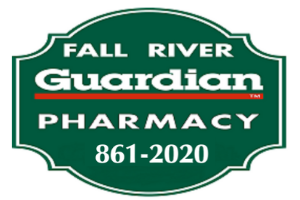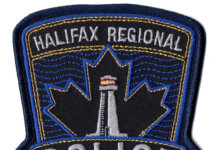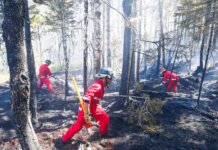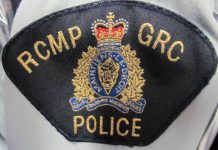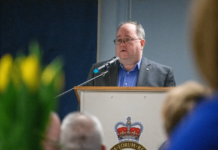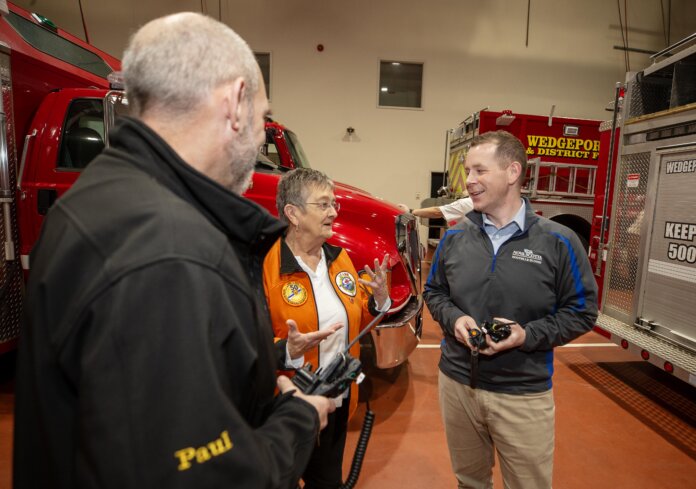
FALL RIVER/EAST HANTS: Protecting Nova Scotians and their privacy remains top priority for the province and for all our first responders, a spokesperson said.
Earlier this month, Nova Scotia Minister of Service Nova Scotia Colton LeBlanc announced that Almost 2,000 more new trunked mobile radios will be provided to volunteer emergency responders by the fall of 2024, improving their ability to communicate as they help Nova Scotians in times of need.
The new equipment will go to more than 300 volunteer fire departments, ground search and rescue teams and other organizations.
The radios will be encrypted, which addresses a recommendation from the Mass Casualty Commission Final Report that all emergency response agencies should have access to encrypted radios.
“Our volunteer first responders have a crucial role across the province, keeping Nova Scotians safe during emergencies,” said LeBlanc, a paramedic and former volunteer firefighter. “The value of their work can’t be overstated. They need a robust and reliable two-way radio system to do their job.”
The province’s investment in the new radios is about $7.5 million.
ADVERTISEMENT:
However, questions arose online and at local coffee shops regarding the need to have the radios encrypted.
Currently, several online social media pages report on emergencies—with bare info that is for the most part not identifying—and when there’s mvc’s on the roads and highways that info on where to avoid is usually easily passed along.
With the encrypted radios, that seems like it may not be as easy to know what the traffic situation is like in areas.
However, spokesman Greg Tobin said this is not about keeping information from the public.
“When information is shared unofficially during an emergency, it can lead to panic, misinformation, and can endanger the safety and privacy of those involved,” said Tobin “During emergencies, Nova Scotians are encouraged to refer to official resources such as regional emergency management organizations, government websites and social media channels.”
He said this also includes emergency alerts issued through the Alert Ready Emergency Alert System.
“Resources such as Google Maps offer reliable and timely updates on traffic during non-emergency traffic disruptions,” said Tobin.
ADVERTISEMENT:
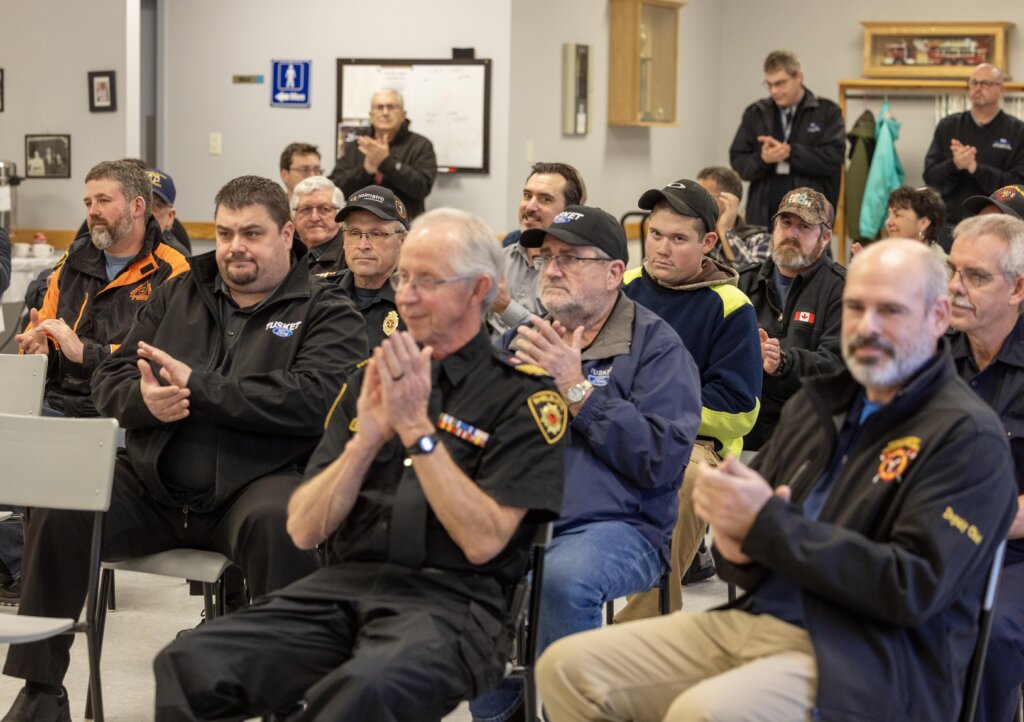
He said that when emergencies occur, protecting Nova Scotians and their privacy remains top priority for government and for all our first responders.
“This investment to support our volunteer fire departments and ground search and rescue organizations brings them into alignment with all other public safety organizations (police, EHS and government departments, for example) whose TMR radios are already encrypted,” he said.
“Fire departments will continue to use voice pagers to receive initial calls, and the public will still be able to hear the initial dispatch to a call.”
Tobin said the use of encrypted radios will allow first responders to be able to speak openly during emergencies about sensitive information without compromising the safety and privacy of Nova Scotians.
“Along with protecting Nova Scotian’s information, these changes respect privacy legislation and ensure that sensitive operational information is not released during emergencies,” he said.














